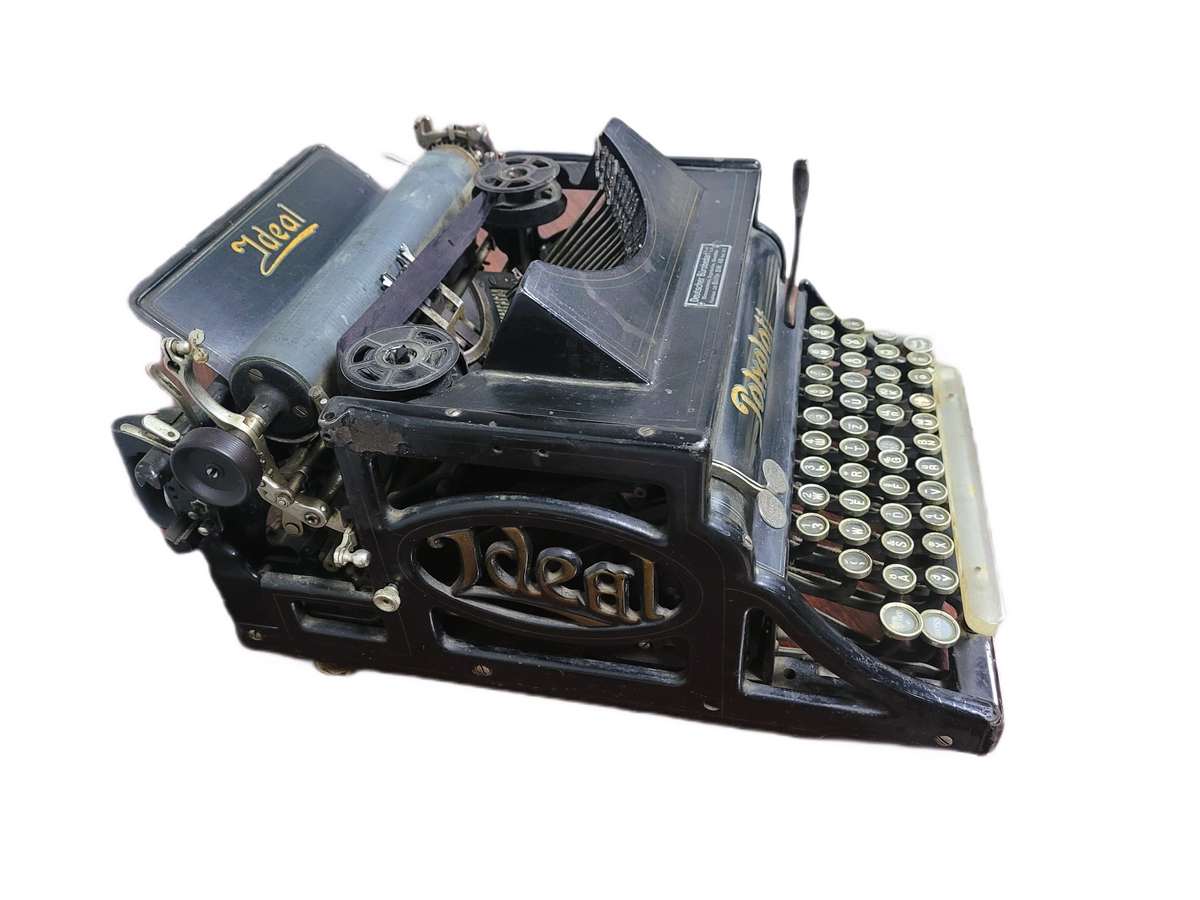The exhibition "Moldova's Davas" was organized as part of European Heritage Days and celebrates the 70th anniversary from the beginning of archaeological research at Thracian-Getae citadels from the territory of the Republic of Moldova. The exhibition brings together about 160 archaeological pieces from the collections of the National Museum of History of Moldova and the Museum of Antiquities "Tudor Arnăut" from the State University of Moldova. Archaeological exhibits are represented by ceramic vessels of various shapes and sizes, tools, weapons, clothing items and jewelry, religious objects etc.
 |
The first Thracian-Getae citadels from the interfluves of the Prut and Dniester Rivers were identified in the interwar period. However, their repertoire and research began only after World War II. Researcher G. D. Smirnov has a great merit in discovering and researching fortified sites dated with the 6th-3rd centuries BC. He conducted several surveys in 1946 in the basin of the Middle Dniester, Lower Răut and the basin of Botna Rivers. As a result, were discovered the citadels from Saharna Mare, Saharna Mică, Saharna „Revechin", Butuceni, Trebujeni „Potârca", Horodca Mare, Horodca Mică etc. In the same year, on 29th August have begun archaeological excavations headed by G. D. Smirnov at Saharna Mare, the first Thracian-Getae citadel subject to archaeological research on the territory of the Republic of Moldova.
Archaeological surveys and research at Thracian-Getae citadels continued in the following decades and lead to discovering other 80 similar sites.
Following archeological research conducted over the past 70 years, have been recovered numerous and varied artifacts, many of which are today preserved in the collections of the National Museum of History of Moldova.
A special place in the exhibition is held by ceramic vessels of various shapes and sizes discovered from the excavations of G.D. Smirnov at Butuceni and recent research from Saharna Mare, Saharna „Revechin", Trebujeni „Potârca", Horodca Mică, Rudi etc.
Daily activity in the Thracian-Getae citadels is shown in the exhibition by many tools, such as axes, sickles, knives and many different other iron objects. Also, are displayed spindles of different sizes and shapes, used by inhabitants of the citadels in spinning wool, flax etc.
An important role in determining the military character of the citadels are findings of weapons attested at most sites where archaeological excavations have been conducted. The weapons are represented in the exhibition by numerous arrowheads made of bronze.
Another important category of findings shown in the exhibition is jewelry, clothing and toiletries, presented by mirrors, brooches, bracelets, rings etc., made of silver, bronze and iron.
Existing relations between the communities who inhabited the Thracian-Getae citadels and settlements from surrounding areas and the Greek civilization is demonstrated by numerous imported items: amphorae, luxury tableware, jewelry etc. This artifact category is shown in the exhibition by Lekane, whole and fragmented amphorae that come from famous Greek centers of Chios, Thasos, Pontic Heraclea, Sinope etc.
The exhibition contains also a series of posters with maps, orthophotoplans, overview images of the citadels, photos showing the defensive walls and ditches, images from the archeological excavations etc.





 The side panels are elegantly decorated with refined cast-iron elements in the Art Nouveau style, displaying the brand name - "Ideal." The Polyglott model, featuring a bilingual keyboard patented in the United Kingdom by Max Klaczko from Riga, Latvia, was produced between 1902 and 1913, marking the first typewriter capable of writing in two languages. The "Ideal Polyglott" typewriter was actively sold in the Russian Empire and gained significant popularity in Poland, Bulgaria, and Serbia.
The side panels are elegantly decorated with refined cast-iron elements in the Art Nouveau style, displaying the brand name - "Ideal." The Polyglott model, featuring a bilingual keyboard patented in the United Kingdom by Max Klaczko from Riga, Latvia, was produced between 1902 and 1913, marking the first typewriter capable of writing in two languages. The "Ideal Polyglott" typewriter was actively sold in the Russian Empire and gained significant popularity in Poland, Bulgaria, and Serbia.















































